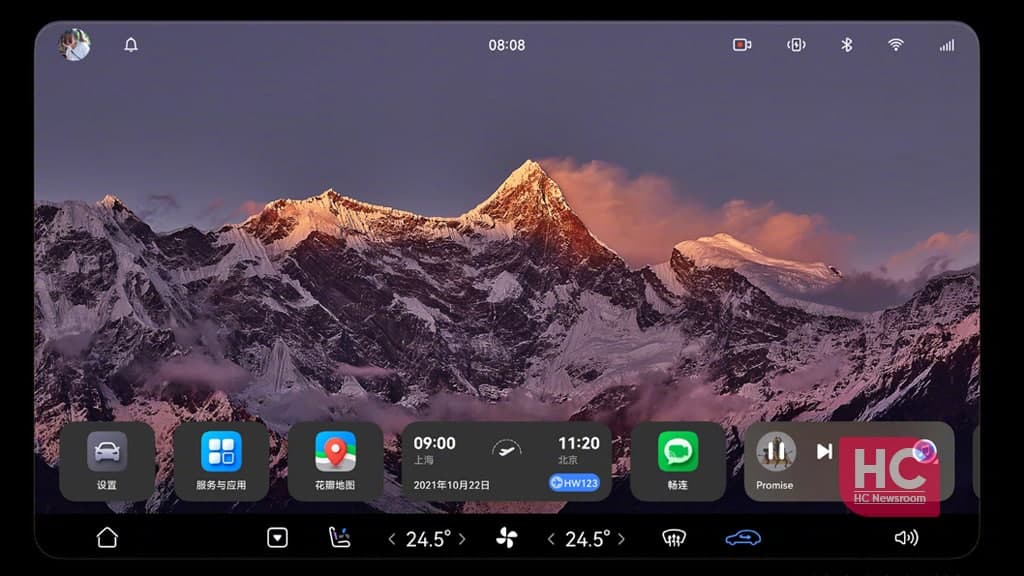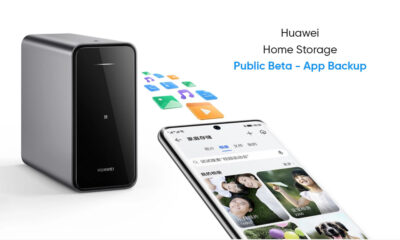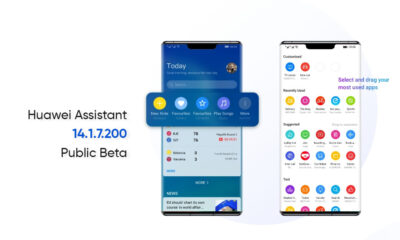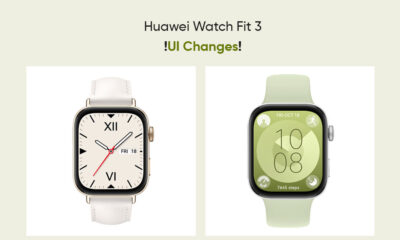HarmonyOS
First HarmonyOS smart car cockpit will launch by the end of this year, check user interface

During the HDC 2021, Huawei has released the latest development made in the HarmonyOS ecosystem. The tech maker has announced 150 million device upgrades and the current speed of partners that continues to increase. Moreover, the company also launched the first developer preview of the HarmonyOS 3, which will help the developer to understand this new HarmonyOS version before it becomes available for developer beta testing.
However, there’s one more interesting announcement that has been made at the event. Richard Yu, CEO of Huawei Consumer Business Group and smart car solutions BU revealed that the first HarmonyOS powered smart car cockpit will launch by the end of this year.
The Huawei business chief also expected that at the end of this year or early next year, the new generation of luxury mid-size SUVs released by SERES will be equipped with a smart cockpit based on HarmonyOS. Huawei hopes that through the HarmonyOS system, the user experience of the smart cockpit will surpass that of other manufacturers around the world.
Furthermore, Huawei has also revealed the user interface for the in-car HarmonyOS system that will launch by the end of this year on a SERES car. The user interface is very immersive and functional.

Wang Jun, president of Huawei Smart Car Solutions BU, confirmed that the HarmonyOS-A smart cockpit operating system is currently the only open cockpit system and will begin to sell by the end of this year.
That’s not it, Huawei also showed us some data regarding the current moves that HarmonyOS has made in the smart car industry after the announcement of HarmonyOS 2.0 at HDC 2020. Based on the HarmonyOS in-car system, Huawei has developed in-depth cooperation with more than 80 hardware and software partners.

Efforts to change the current situation of cockpit system hardware solidification, fewer applications, and slow upgrades, and jointly define hardware interfaces to achieve plug-and-play hardware, replaceable upgrades and diversified hardware interconnections, and open to applications through API interfaces.
Huawei says it’s focusing to develop a cockpit system with full-scenario coverage and multi-device coordination to provide consumers with personalized, smart, and diversified service experiences that is nowhere to find.






